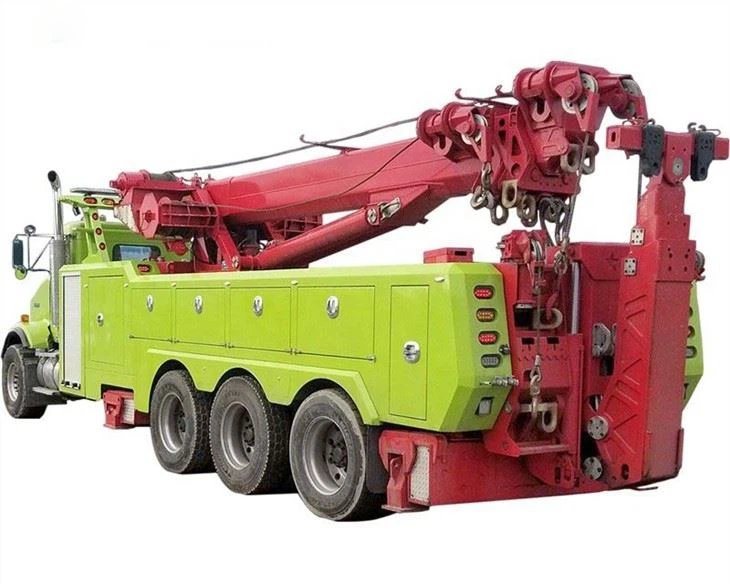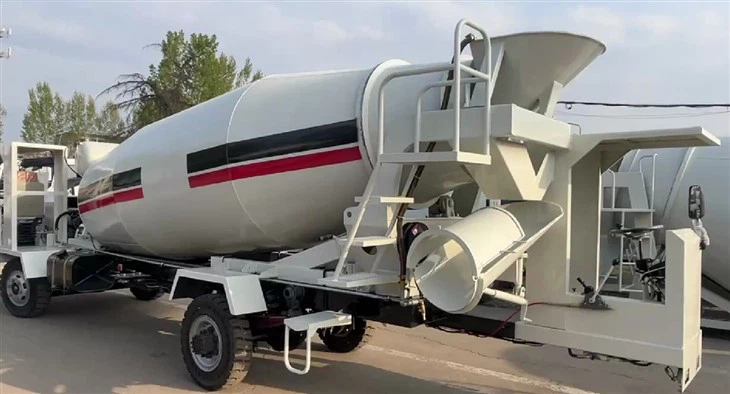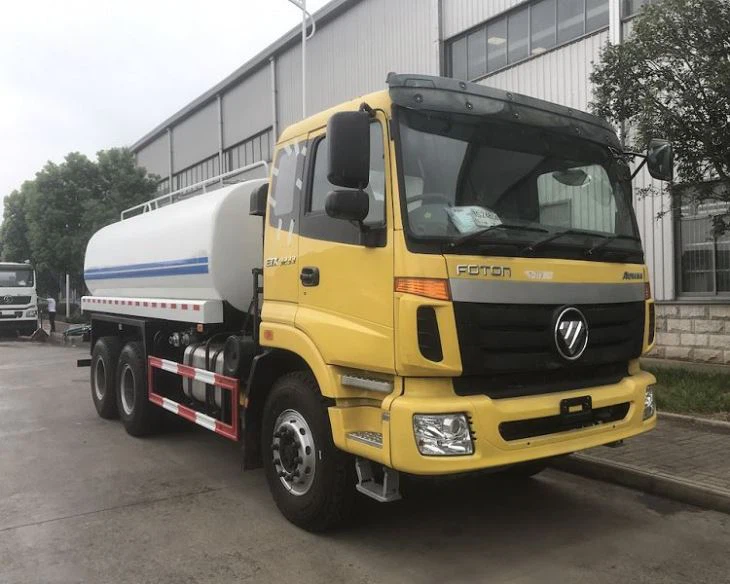How Do Garbage Trucks Work: A Comprehensive Guide

Introduction to Garbage Truck Mechanics
Garbage trucks play a crucial role in maintaining cleanliness and hygiene in our communities. These specialized vehicles are equipped with unique technology designed to efficiently collect and transport waste. In this article, we will explore how garbage trucks work, their components, the different types of garbage trucks, and their operational procedures. We’ll also provide tips for understanding garbage truck functioning and its impact on the environment.
The Basics of Garbage Truck Design
1. Components of a Garbage Truck
Garbage trucks are engineered with several key components that facilitate waste collection and transport:
- Chassis: The main frame and structure that supports the entire vehicle.
- Body: The container where waste is stored, designed to withstand heavy loads.
- Loading Mechanism: The system used to lift and compact waste, often hydraulic-based.
- Engine: Powers the truck and its various systems, usually using diesel or alternative fuels.
- Controls: Passenger compartment that includes steering, brakes, and controls for loading mechanisms.
2. Types of Garbage Trucks

Different types of garbage trucks are designed to handle specific waste collection tasks. The most common types include:
| Type of Garbage Truck | Description | Best Used For |
|---|---|---|
| Front Loader | Features a front-loading mechanism to lift heavy waste bins. | Commercial waste collections |
| Rear Loader | Utilizes a manually operated or automated rear loading system. | Residential waste collections |
| Side Loader | Collects waste from the side, often automated for efficiency. | Urban residential routes |
| Roll-off Truck | Designed to transport large containers of special waste. | Construction or industrial waste disposal |
How Garbage Trucks Operate
1. Collection Process
The operation of a garbage truck begins with the collection of waste. Here’s a step-by-step look at the process:
- The garbage truck arrives at the designated route.
- For automated loaders, sensors detect bins; for manual loaders, workers guide the bins.
- The loading mechanism lifts the bins or scoops the waste into the truck body.
- Waste is compacted using hydraulic systems to maximize storage.
- The truck continues down the route to repeat the process until full.
2. Hydraulic Systems
The loading mechanism in a garbage truck relies heavily on hydraulic systems. These systems utilize fluid pressure to power machinery effectively. The typical hydraulic components include:
- Hydraulic Pump: Converts mechanical energy into hydraulic energy.
- Cylinders: Use hydraulic pressure to lift and lower mechanisms.
- Reservoir: Holds hydraulic fluid needed for the system.
3. Compaction Mechanisms
After loading, waste is compacted to conserve space. Here’s how compaction works:
- Compaction plates press down on the collected waste.
- Hydraulic force compresses the waste, reducing its volume.
- Compacted waste ensures the truck can carry as much as possible before needing to unload.
4. Unloading Procedures
Once the garbage truck reaches its destination (usually a landfill or recycling facility), the unloading process begins:
- The truck backs into the unloading area.
- Hydraulic mechanisms lift the truck body to discharge the load.
- Waste is released safely onto the designated area.
- The truck returns to the collection route after unloading.
Environmental Impact and Future of Garbage Trucks
1. Eco-Friendly Innovations
As cities strive for sustainability, garbage trucks are being outfitted with eco-friendly technologies:
- Hybrid Engines: Combining traditional engines with electric motors.
- Compressed Natural Gas (CNG): Reducing reliance on diesel fuels.
- Solar Panels: Helping power auxiliary systems.

2. Recycling and Waste Diversion
Garbage trucks are increasingly equipped to handle recycling as part of their daily operations. Many trucks are now designed specifically for co-collection– transporting both waste and recyclables.
3. The Role of Technology

Technology advancements are reshaping garbage truck operations:
- GPS Tracking: Optimizing routes for efficiency and reducing fuel consumption.
- Automated Systems: Allowing for driverless or semi-automated operations to reduce labor costs.
Safety Measures in Garbage Truck Operations
1. Ensuring Safety on Collection Routes
Safety is paramount for garbage truck operations. Here are several measures employed to enhance safety:
- Regular vehicle inspections and maintenance to ensure optimal performance.
- Use of reflective markings on trucks to enhance visibility.
- Human observers or “spotters” during collections in high-traffic areas.
2. Training for Operators
Truck drivers undergo rigorous training to handle garbage collection safely. This includes:
- Knowledge of routes and best practices for waste handling.
- Emergency protocols in case of accidents or hazards.
Practical Tips for Residents
1. Preparing Waste for Collection
Residents can aid in the efficiency of garbage collection by following these best practices:
- Place garbage and recycling in appropriate, clearly labeled bins.
- Avoid overfilling bins to prevent spillage.
- Secure lids to prevent animals from accessing waste.
2. Understanding Collection Schedules
Stay informed of when waste collection occurs in your area to avoid missed pickups. Contact local waste management to learn about schedules and changes.
Frequently Asked Questions
1. How much waste can a garbage truck carry?
Typical garbage trucks can carry between 10 to 30 tons of waste, depending on their design and specifications.
2. How often do garbage trucks collect waste?
Collection frequency varies based on location; urban areas might see trucks several times a week, while rural areas may have weekly collections.
3. What happens to the waste after it is collected?
Collected waste is usually transported to landfills, recycling centers, or treatment facilities for further processing.
4. Are garbage trucks environmentally friendly?
Many modern garbage trucks are equipped with eco-friendly technologies that reduce emissions and promote recycling, making them increasingly sustainable.
5. Can I schedule a special pickup for large items?
Many waste management services offer special pickups for large items. Check with your local provider to see what arrangements can be made.
6. What are the penalties for not following waste disposal guidelines?
Improper waste disposal can incur fines, penalties, or loss of collection service in some municipalities. It’s important to follow local guidelines.
